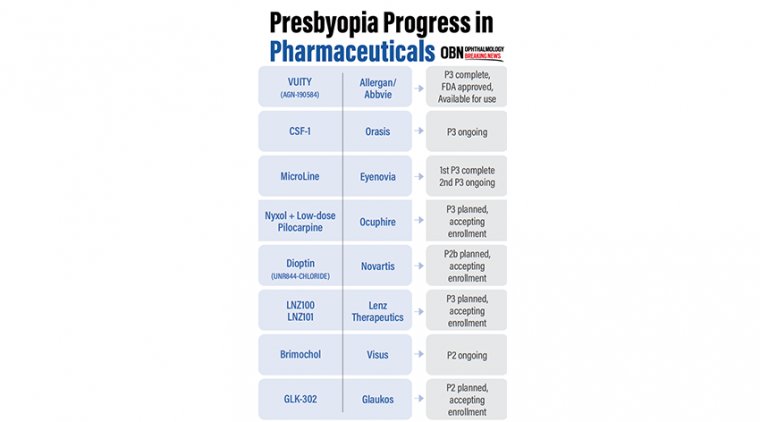
Experts Identify Key Elements of Cerebral Visual Impairment (CVI) in Children
A team of experts, convened by the National Institutes of Health (NIH), has defined five essential elements of cerebral (or cortical) visual impairment (CVI), a brain-based condition that is now one of the leading causes of childhood vision impairment in industrialized nations, including the United States.
According to estimates, at least 3% of primary school children exhibit CVI-related visual challenges, which can include difficulty identifying objects or people or interpreting scenes involving complex motion. Despite its prevalence, CVI often goes undiagnosed or misdiagnosed, leaving many children without appropriate support or interventions.
The findings, published in Ophthalmology, aim to increase awareness among eye care providers and highlight the importance of early diagnosis and intervention for children with CVI.
Five Core Elements of CVI
1. Brain Involvement
CVI results from abnormalities in the brain’s visual pathways, which are responsible for processing vision. These impairments cause varying degrees of functional vision loss, impacting how individuals use their vision in daily activities.
2. Visual Dysfunction Exceeding Eye Exam Findings
CVI is characterized by visual dysfunction that cannot be explained solely by ocular issues. A diagnosis of CVI should be considered when visual problems are primarily due to the brain's processing abnormalities rather than an eye condition.
3. Types of Visual Deficits
CVI-related deficits include:
• Lower-order deficits: Impaired visual acuity, reduced contrast sensitivity, and limited visual fields.
• Higher-order deficits: Difficulty with face and object recognition, spatial orientation, visually searching for objects, or perceiving complex motion.
4. Differentiating from Overlapping Neurological Disorders
CVI often co-occurs with other neurodevelopmental disorders, such as cerebral palsy, autism, and dyslexia. However, it is not primarily a disorder of language, learning, or social communication. These overlaps can lead to misdiagnosis, further complicating care.
5. CVI is Easily Overlooked
CVI may remain undiagnosed until later in life when individuals can articulate their visual challenges. Children at high risk of neurological injuries, such as those born prematurely with periventricular leukomalacia, should be closely monitored, although current imaging technologies often fall short in diagnosing CVI.
The Need for Improved Diagnostics and Rehabilitation
“Significant work remains to be done to optimize diagnostic approaches and multidisciplinary rehabilitation strategies to improve quality of life for people with CVI,” said Michael F. Chiang, M.D., director of NIH’s National Eye Institute (NEI).
To address this, the NEI is spearheading the development of a CVI registry to gather data on the condition’s signs and symptoms. This resource will support researchers in refining diagnostic and rehabilitative practices.
Increasing Awareness Among Medical Professionals
A complementary report by the American Academy of Pediatrics, published in Pediatrics, provides guidance for pediatricians to identify and address CVI in children. The CVI definition report is based on an NEI-hosted workshop in collaboration with the Eunice Kennedy Shriver National Institute of Child Health and Human Development (NICHD) and the National Institute of Neurological Disorders and Stroke (NINDS).
This combined effort aims to improve early detection, intervention, and care for children affected by CVI, ensuring they receive the support they need to thrive.
Resources:
Sharon S. Lehman et al, Diagnosis and Care of Children With Cerebral/Cortical Visual Impairment: Clinical Report, Pediatrics (2024). DOI: 10.1542/peds.2024-068465, doi.org/10.1542/peds.2024-068465
(1).jpg)









